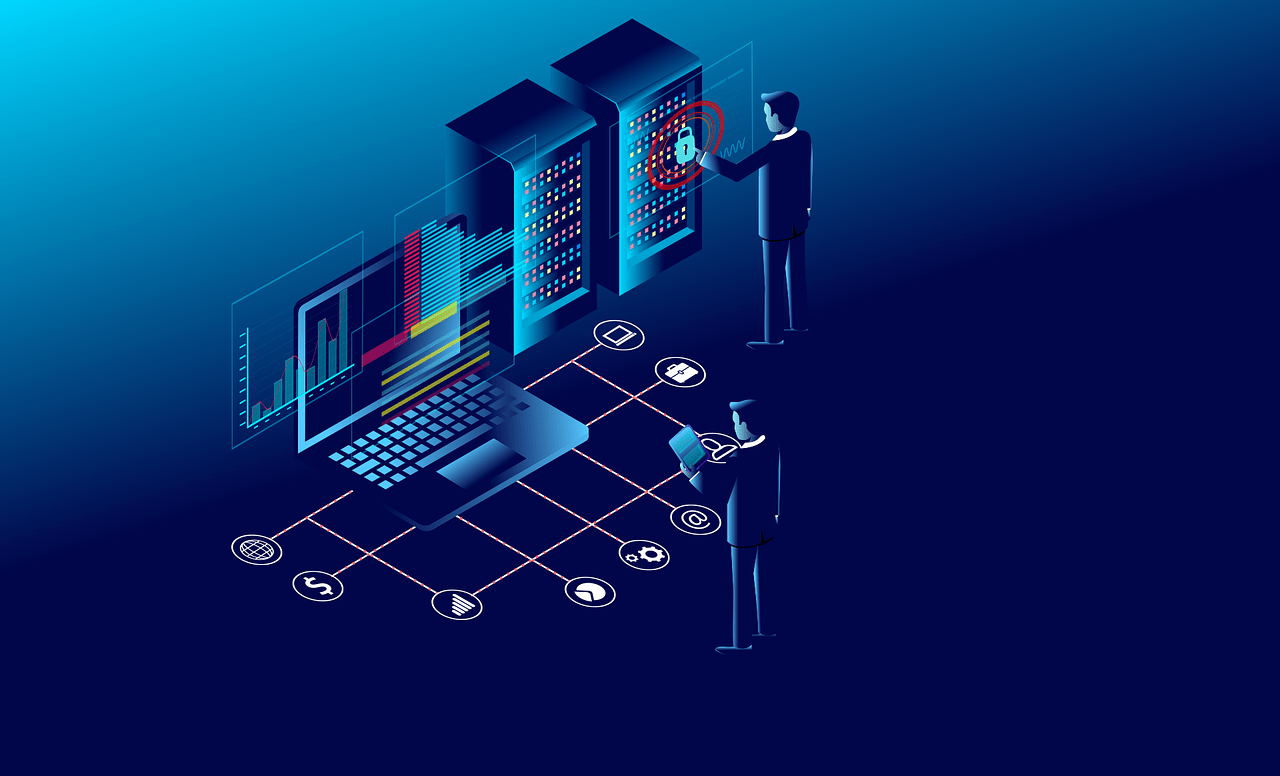The Importance of IT Asset Management in Modern Enterprises
Introduction
In today’s fast-paced, technology-driven business environment, managing IT assets effectively is more important than ever. Proper IT Asset Management (ITAM) can not only reduce operational costs but also enhance efficiency and support sustainability initiatives. With businesses increasingly relying on technology to drive growth, ITAM plays a critical role in ensuring that assets are properly tracked, maintained, and disposed of in ways that align with business goals.

Reducing Operational Costs
ITAM can help businesses reduce operational costs by providing visibility into the lifecycle of each asset, ensuring that they are used efficiently, and avoiding unnecessary purchases or replacements.
- Eliminating Redundancies: By tracking assets across the organization, businesses can identify redundant hardware, underused equipment, or software licenses that are no longer required, which can be repurposed or redeployed elsewhere.
- This approach helps businesses avoid purchasing new assets prematurely and instead maximize the value of their existing inventory.
- Efficient Resource Allocation: Effective ITAM ensures that resources are allocated appropriately, reducing wastage. Organizations can ensure that IT assets are assigned to the right departments or employees based on their usage requirements, minimizing unnecessary downtime and ensuring assets are used to their full potential.
Increasing Operational Efficiency
Managing IT assets properly also directly impacts a company’s operational efficiency by minimizing downtime and maximizing asset utilization.
- Centralized Asset Information: ITAM provides a centralized database where all asset information – such as model, location, age, and maintenance history – is readily accessible. This helps IT teams quickly identify issues, schedule repairs, and track warranties.
- Real-time monitoring enables faster response times to asset failures or performance issues, helping businesses avoid disruptions.
- Lifecycle Management: A clear understanding of each asset’s lifecycle – when to upgrade, repair, or replace – is vital to ensuring continuous operations. By planning and scheduling maintenance in advance, businesses can prevent costly, unexpected failures that may disrupt operations.
Supporting Sustainability
Sustainability is a growing concern for businesses, and ITAM can play an essential role in reducing environmental impact through responsible management of assets.
- Eco-Friendly Disposal: Proper asset disposal practices, such as e-waste recycling and the reuse of equipment, can help reduce the environmental footprint of businesses. ITAM helps organizations track when assets are nearing the end of their useful life and ensure they are disposed of in an environmentally responsible manner.
- Optimizing Energy Use: Tracking energy consumption of IT assets – such as servers, workstations, and data centers – can help businesses reduce energy waste and lower their carbon footprint. ITAM solutions often come with energy consumption tracking, allowing businesses to identify areas where they can cut down on usage and implement more sustainable practices.
Conclusion
IT Asset Management is a fundamental practice for modern enterprises that want to reduce costs, increase efficiency, and align with sustainability goals. By having a comprehensive view of your IT assets and their lifecycle, businesses can avoid unnecessary spending, optimize operations, and adopt more environmentally friendly practices. Effective ITAM not only supports the bottom line but also enables businesses to stay competitive in an increasingly digital world. For organizations looking to stay ahead, developing a robust ITAM strategy can be a key differentiator.
